
A new laser technique that ‘writes’ graphene onto toasted bread, potatoes and other foods could lead to the development of edible electronics. Credit: Jeff Fitlow/Rice University
Electronics, the lifeblood of the modern world, could soon be part of our daily diet. In a study appearing in ACS Nano, scientists report that they have developed a way to write graphene patterns onto virtually any surface including food. They say the new technique could lay the groundwork for the edible electronics capable of tracing the progression of foods from farm to table, as well as detecting harmful organisms that can cause gastric distress.
Graphene is composed of a single layer of carbon atoms arranged in a honeycomb pattern. It is stronger than steel, thinner than a human hair, and more conductive than copper, making an ideal building block for the next generation of compact, smart electronics. Several years ago, James M. Tour and colleagues heated the surface of an inexpensive plastic with a laser in the air to create something called laser-induced graphene (LIG). LIG is a foam made out of tiny cross-linked graphene flakes. The process can embed or burn patterns that could be used as supercapacitors, radio frequency identification (RFID) antennas or biological sensors. Based on these results, the researchers theorized that any substance with a reasonable amount of carbon can be turned into graphene. To test this theory, Tour’s team sought to burn LIG into food, cardboard, and several other everyday, carbon-based materials.
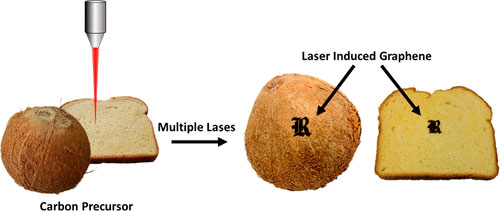
A simple and facile method for obtaining patterned graphene under ambient conditions on the surface of diverse materials ranging from renewable precursors such as food, cloth, paper, and cardboard to high-performance polymers like Kevlar or even on natural coal would be highly desirable. Here, we report a method of using multiple pulsed-laser scribing to convert a wide range of substrates into laser-induced graphene (LIG). With the increased versatility of the multiple lase process, highly conductive patterns can be achieved on the surface of a diverse number of substrates in ambient atmosphere. The use of a defocus method results in multiple lases in a single pass of the laser, further simplifying the procedure. This method can be implemented without increasing processing times when compared with laser induction of graphene on polyimide (Kapton) substrates as previously reported. In fact, any carbon precursor that can be converted into amorphous carbon can be converted into graphene using this multiple lase method. This may be a generally applicable technique for forming graphene on diverse substrates in applications such as flexible or even biodegradable and edible electronics. Yieu Chyan, et al., ACS Nano, DOI:10.1021/acsnano.7b08539
The researchers used a single laser pulse to convert the surface layer of the target substance into a disorganized jumble of atoms called amorphous carbon, more commonly known as black soot. Then, they conducted multiple laser passes with a defocused beam to convert the soot into graphene. By defocusing the laser beam, the researchers could speed up the conversion process. And unlike previous LIG processes, the graphene conversions conducted in these experiments were done at room temperature without the need for a controlled atmosphere box. Overall, the process demonstrated that LIG can be burned into paper, cardboard, cloth, coal, potatoes, coconuts, toasted bread, and other foods. The researchers say these results suggest that food items could eventually be tagged with RFID antennas made from LIG that could help track where the food originated, how long it’s been stored, and how it got to the dining table. In addition, they suggest that LIG sensors could be used to uncover E. coli and other harmful organisms lurking in salads, meats, and other foods.
Reference: “Laser-Induced Graphene by Multiple Lasing: Toward Electronics on Cloth, Paper, and Food” by Yieu Chyan, Ruquan Ye, Yilun Li, Swatantra Pratap Singh, Christopher J. Arnusch, and James M. Tour, 13 February 2018, ACS Nano.
DOI: 10.1021/acsnano.7b08539

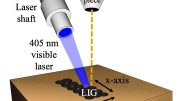
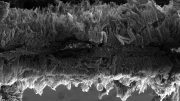
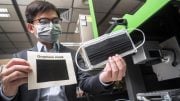
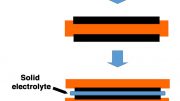
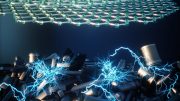


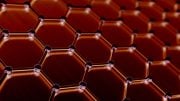
Very interesting!